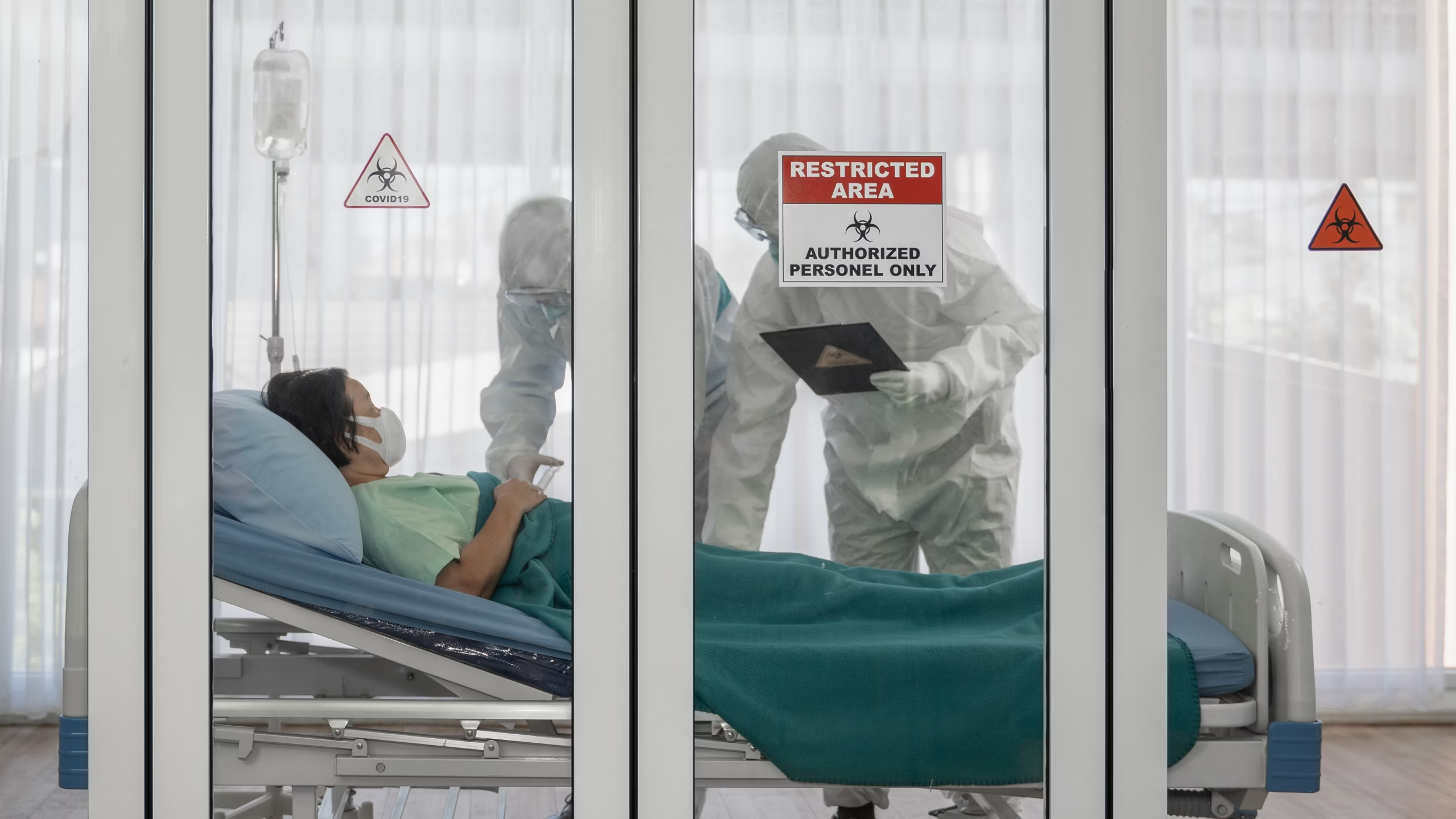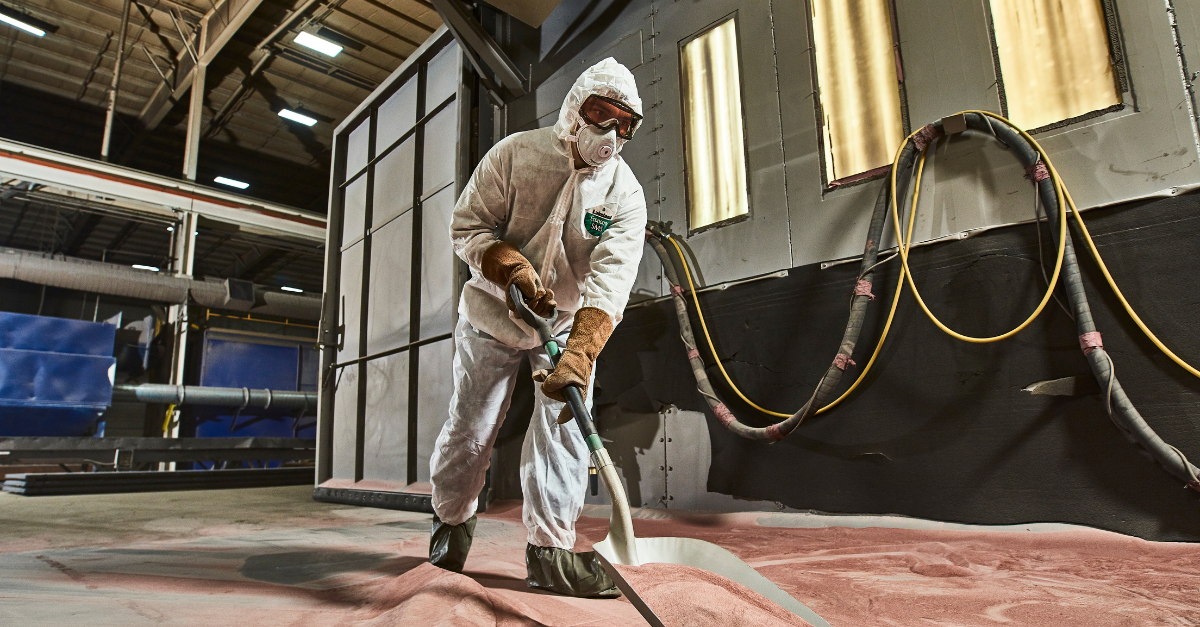Personal Protective Equipment (PPE) serves as a critical barrier between workers and hazardous environments, particularly in settings involving chemical exposure. A challenge for users of suits for protection against toxic chemicals is that failure is not always obvious. Contamination may not have any immediate effect, yet the longer-term adverse health effects can be devastating: cancers, damage to internal organs, and so on. This means much greater care must be taken to ensure protection.
Among various PPE, chemical protective coveralls are essential for safeguarding the body against harmful substances. However, the effectiveness of these coveralls heavily depends on regular maintenance and thorough inspection. Neglecting the practices can lead to equipment failure, resulting in potential chemical exposure and associated health risks.
Inspection of Chemical Protective Coveralls: A Vital Program
A comprehensive inspection program is vital to ensure the reliability of chemical protective clothing. According to the Occupational Safety and Health Administration (OSHA), an effective inspection regimen should include:
- Initial Inspection of New Chemical Suits: Examine new equipment upon receipt to verify its condition and compliance with specifications.
- Pre-Use Inspection of Chemical Protective Equipment: Before each use, assess the coverall for defects such as imperfect seams, non-uniform coatings, tears, or malfunctioning closures. Holding the garment up to light can help detect pinholes, while flexing the material can reveal cracks or signs of shelf deterioration.
- Post-Use Inspection of Chemical Suits: After use or training, inspect the coverall for any damage incurred during activities.
- Periodic Inspection of Stored PPE: Regularly scheduled evaluations of stored equipment help identify issues that might arise over time, even when the gear is not in active use.
- Special Inspections for Chemical Protection: Conduct additional inspections whenever concerns about the equipment’s suitability arise or when problems with similar gear are reported. Maintaining detailed records of all inspections is crucial. Each entry should document the equipment’s identification number, inspection date, inspector’s name, findings, and any unusual observations. This documentation aids in tracking the equipment’s history and identifying patterns that may indicate recurring issues.
- Gas-Tight Suit Pressure Testing for Leaks-Tightness: Inspection and maintenance of gas-tight suits (either OSHA Level 1 PPE ensemble or EN 943-certified) should include testing to either ISO 17491-1 (Method A2), ASTM F1052, or to manufacturers’ instructions, each of which inflates the suit to a specific pressure to ensure leak-tightness for gas and vapour protection. Frequency of testing should be according to the manufacturer’s instructions, but testing before each use, if feasible, is good practice.
Proper Storage Practices for Chemical Protective Clothing
Proper storage of chemical protective coveralls is essential to prevent damage from environmental factors such as dust, moisture, sunlight, and extreme temperatures. OSHA recommends the following storage guidelines:
- Separation of Contaminated and Clean PPE: Store potentially contaminated clothing separately from street clothes or unused protective gear to prevent cross-contamination.
- Ventilation in Storage Areas: Ensure that storage areas are well-ventilated, allowing good air circulation around each item to prevent moisture buildup.
- Organization of Different PPE Types: Store different types and materials of clothing and gloves separately to avoid confusion and potential misuse.
- Following Manufacturer’s Instructions for Storage: Fold or hang garments as per the manufacturer’s recommendations to maintain their integrity.
Maintenance Procedures for Chemical Suits
Regular maintenance ensures that chemical protective coveralls remain functional and safe for use. Maintenance activities can be categorized into three levels:
- User Maintenance (Level 1): Basic upkeep is performed by the wearer, requiring minimal tools. This includes routine cleaning and minor adjustments.
- In-House Maintenance (Level 2): More detailed maintenance is conducted by trained personnel within the organization. This may involve repairs that necessitate specialized knowledge and tools.
- Specialized Maintenance (Level 3): Complex repairs or refurbishments are carried out by the manufacturer or authorized service providers.
Organizations should clearly define which maintenance tasks fall into each category and ensure that only qualified individuals perform the appropriate level of maintenance. All maintenance activities must be documented meticulously, noting the nature of the work performed and any parts replaced or repaired.
Cleaning and Decontamination of Chemical Protective Clothing
Proper cleaning is vital to maintain the protective qualities of coveralls. The ASTM F2061 standard outlines the minimum information manufacturers should provide regarding the wearing, care, and maintenance of chemical protective clothing. While specific cleaning procedures may vary based on the material and contaminants involved, general recommendations include:
- Using Mild Cleaning Agents: Use pH-neutral, non-detergent soaps to clean the garments, avoiding harsh chemicals that could degrade the material.
- Thorough Rinsing After Cleaning: Ensure all cleaning agents are completely rinsed out to prevent residue buildup.
- Proper Drying Techniques: Dry the coveralls in a well-ventilated area away from direct sunlight and heat sources to prevent material degradation.
Single Use or Re-Use of Chemical Suits: Key Considerations
Some chemical suits are designated as single or limited use, others as reusable. But common questions are, how many times can a suit be used? Can single-use suits be reused? And can you safely decide on re-use of a suit?
Whether designated single-use or reusable, the rule is the same when determining re-use. Provided a suit is in good working order and undamaged, and provided it has not been contaminated, it may be reused, though this decision is always the responsibility of the user.
And it’s important to consider that:
- Suit contamination by a chemical may not be obvious (it could simply result from vapour contact) and may not be apparent from a visual inspection.
- Surface decontamination is unlikely to remove chemicals that have permeated into the fabric at a molecular level. In this case, during subsequent use, permeation through the fabric may occur more quickly because the fabric structure already contains the chemical. For this reason, the safest action with chemical suits that have been contaminated with toxic chemicals is to avoid re-use.
Conclusion
The maintenance and inspection of chemical protective coveralls are integral to ensuring worker safety in hazardous environments. By implementing rigorous inspection protocols, adhering to proper storage and maintenance procedures, and following appropriate cleaning guidelines, organizations can significantly reduce the risk of equipment failure and chemical exposure. Regular training and a culture of safety awareness further enhance the effectiveness of PPE programs.




